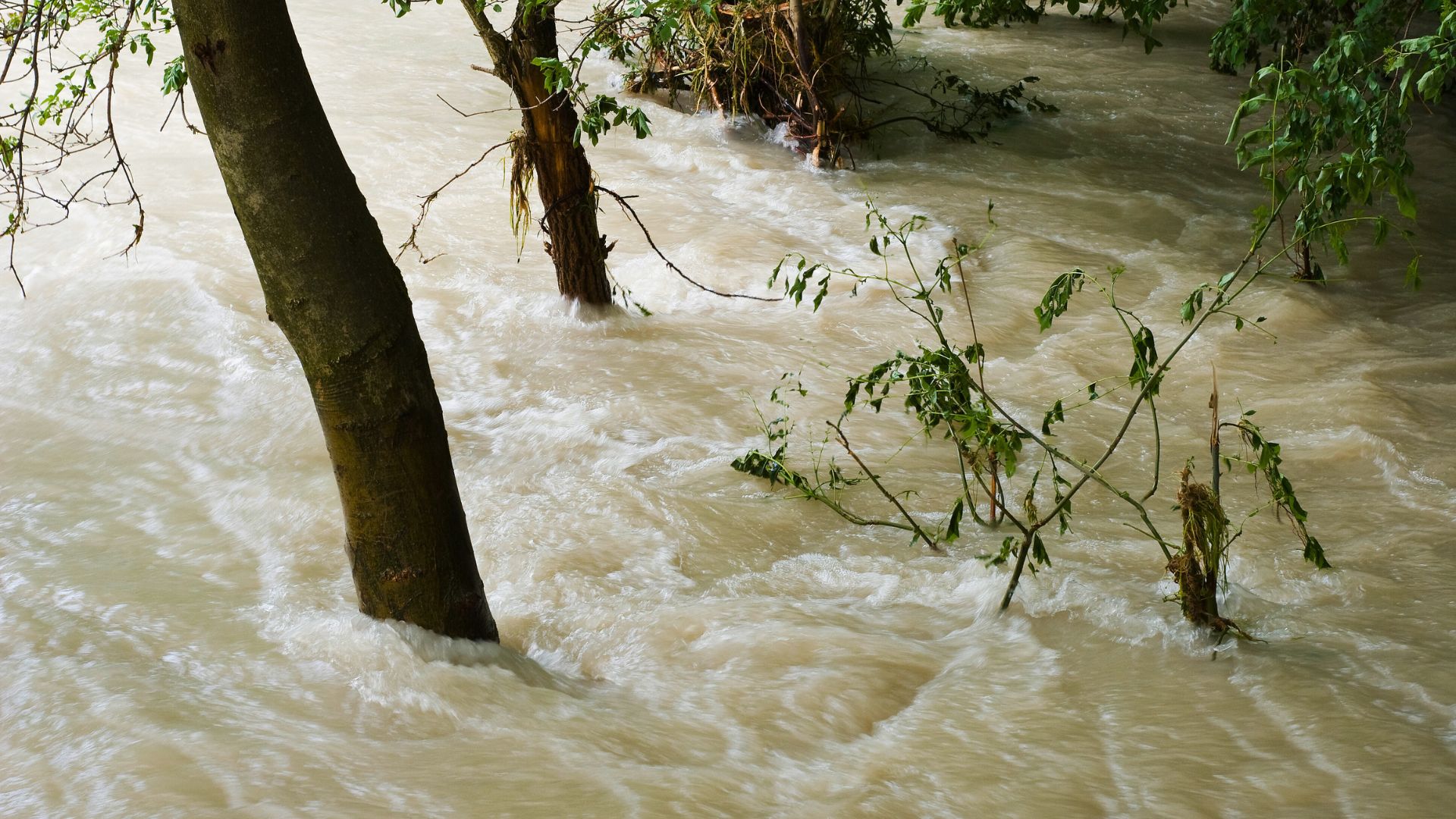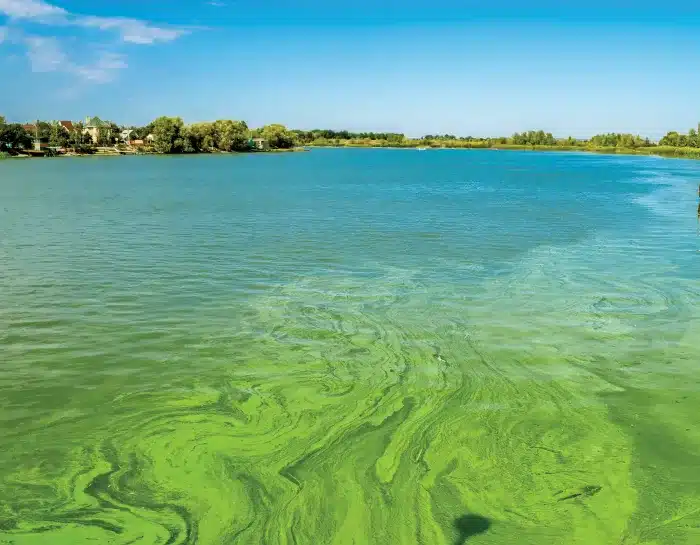Hurricanes are some of nature’s most powerful and unpredictable phenomena, known for their intense winds and heavy rainfall. When these destructive storms strike, they unleash massive amounts of water, flooding freshwater systems and causing widespread damage.

While their immediate effects are devastating, hurricanes trigger environmental changes that emerge and last long after the storm. Their impact on aquatic ecosystems can be profound, particularly in fueling the proliferation of algal blooms. This is a reminder of how deeply interconnected our environment is and how crucial it is to address these broader effects.

The increasing intensity of hurricanes, fueled by climate change, is likely to exacerbate these problems. This interplay between climate change and hurricane activity underscores the urgent need for integrated water management and pollution control strategies to mitigate the impacts on freshwater systems and coastal environments.
The Impact of Hurricanes on Algal Blooms
These powerful tropical storms form over warm ocean waters, primarily in the Atlantic Ocean, Caribbean Sea, Gulf of Mexico, and the eastern Pacific Ocean. Known for their strong winds and heavy rains, they often result in significant destruction caused by storm surges and flooding.

Hurricanes are most prevalent in the Atlantic and Pacific Oceans, particularly affecting regions like the southeastern United States, the Caribbean, and parts of Central America. The Atlantic hurricane season runs from June to November, with peak activity typically occurring in September.

Hurricanes can significantly impact algal blooms by altering the physical and chemical conditions of water bodies. Their powerful rains and storm surges contribute to several key changes:
Nutrient Redistribution: Hurricanes lead to substantial runoff from various land sources, which introduces high levels of nutrients such as nitrogen and phosphorus into water bodies. These nutrients are crucial for algal growth and can lead to rapid and extensive algal blooms.

Temperature Changes: The mixing of water caused by hurricanes can alter water temperatures. Many algae species thrive in specific temperature ranges, and these changes can create favorable conditions for certain types of algae to bloom, particularly those that prefer warmer conditions.
Sediment Resuspension: The turbulence generated by hurricanes stirs up sediments from the bottom of water bodies. This increases the nutrient load in the water, providing more food for algae. Additionally, the resuspended sediments can introduce organic matter that further supports algal growth.
Understanding this connection between hurricanes and algal blooms highlights the need for comprehensive strategies to manage and mitigate these impacts. As the frequency and intensity of hurricanes are expected to increase with climate change, addressing the broader environmental effects of these storms becomes crucial for protecting water quality and ecosystem health.
Two Critical Examples from Florida
There are many instances where hurricanes have triggered and exacerbated algal blooms. Here, we examine two specific cases that vividly illustrate the significant impact such storms can have on freshwater ecosystems.
Hurricane Irma (2017): After Hurricane Irma struck Florida, harmful algal blooms (HABs) rapidly expanded across the state, particularly in Lake Okeechobee. The combination of nutrient-rich runoff and disturbed sediments from the hurricane led to massive blooms, causing ecological damage and economic losses exceeding $300 million.
Hurricane Ian (2022) – Indian River Lagoon: The heavy rains from the hurricane caused significant nutrient runoff into the lagoon, mainly through wastewater spills and stormwater overflows. The influx fueled algae growth, worsening the severe blooms already affecting the lagoon. These blooms have caused significant ecological damage, including the loss of essential seagrass habitats.

How LG Sonic Keeps Our Waters Safe
Hurricanes are unpredictable, but their impact on our freshwater doesn’t have to be. With the right tools and a proactive approach, we can keep our waters clear, healthy, and safe.
Our MPC-Buoy constantly monitors water quality parameters, such as temperature, pH, and nutrient levels, which can spike after a hurricane. This real-time data allows us to detect early signs of algal blooms and take action before they become a problem.

When our system detects conditions that favor algae growth, it activates ultrasound technology to target algae specifically. This approach disrupts algae’s ability to float and grow, preventing blooms from forming while keeping the ecosystem safe and balanced.
Traditional methods often rely on chemicals to manage algae, which can damage aquatic life and lead to long-term water quality issues. Our ultrasonic technology offers an effective alternative that preserves the health of freshwater ecosystems.
By using data-driven insights from our monitoring technology, we help water managers prepare for and mitigate the impacts of hurricanes on freshwater bodies. With early detection and a proactive approach, we can minimize the risk of harmful algal blooms.
Our solutions are designed to be sustainable, aligning with long-term environmental goals and helping communities maintain healthy water resources, even in the face of climate challenges like hurricanes.
United, we can protect freshwater from the devastating effects of storms. Explore our website to learn more about the proven adaptability of our technology across various applications.

